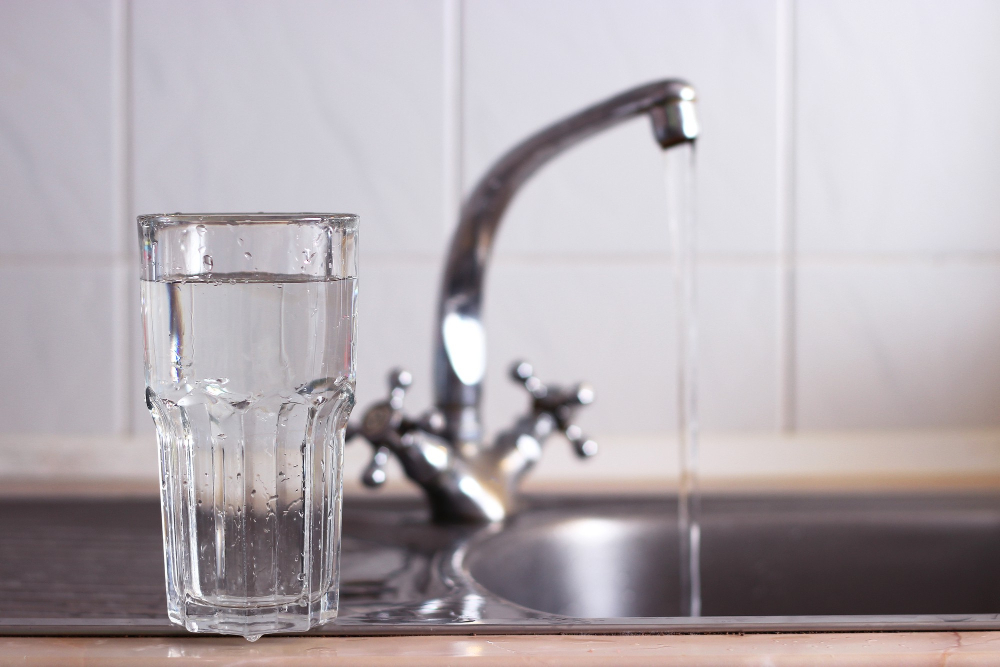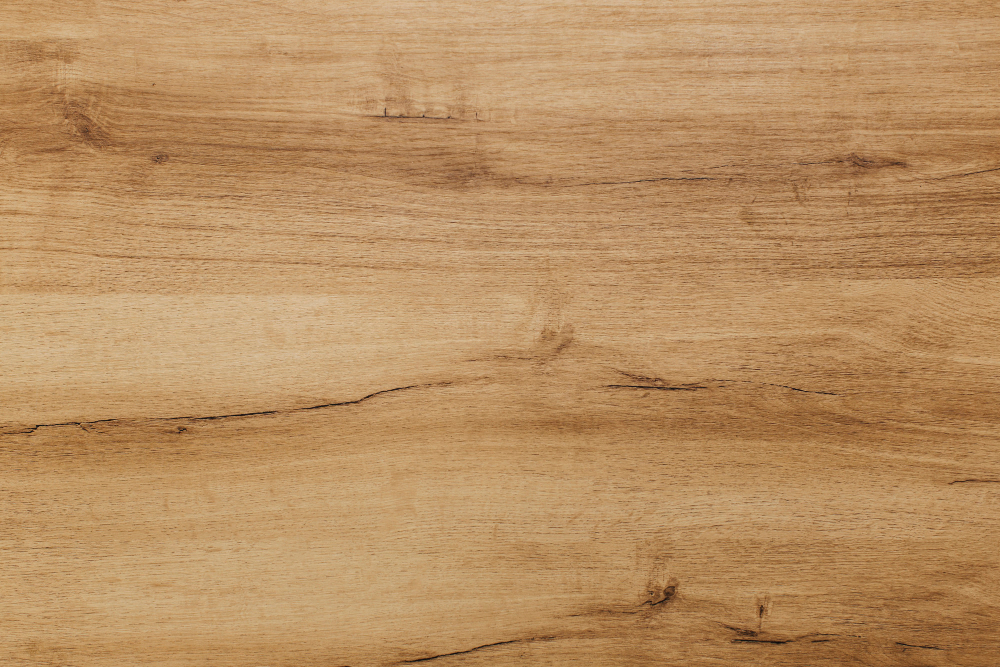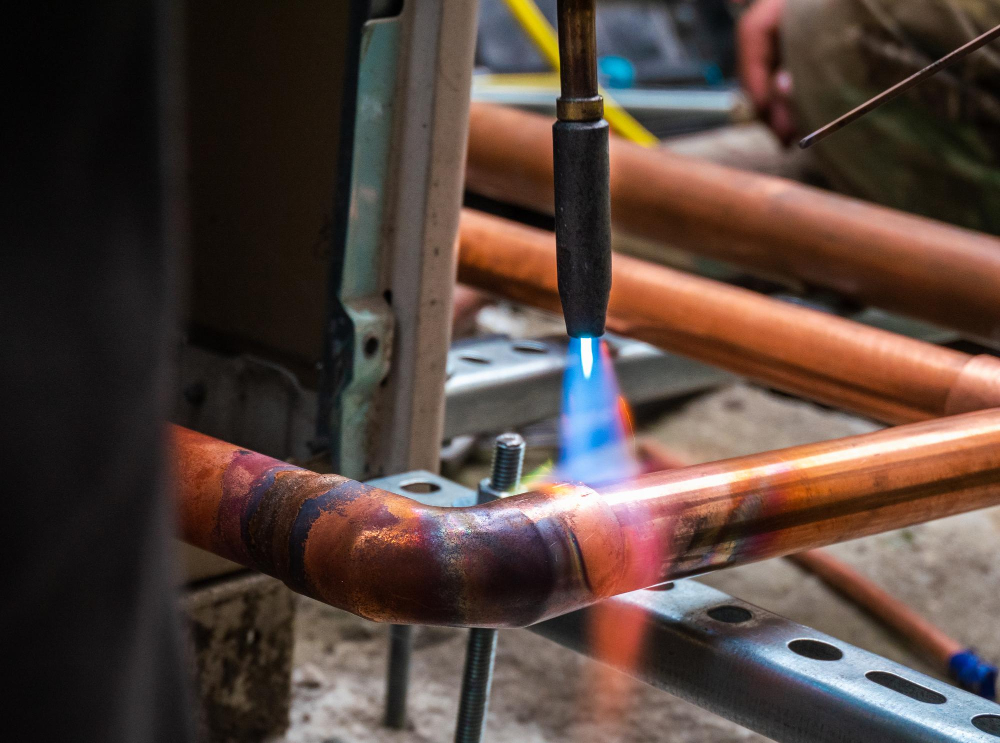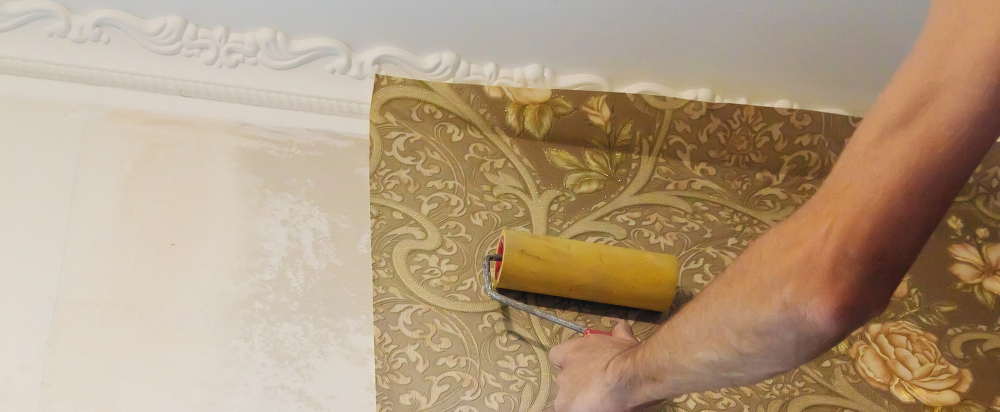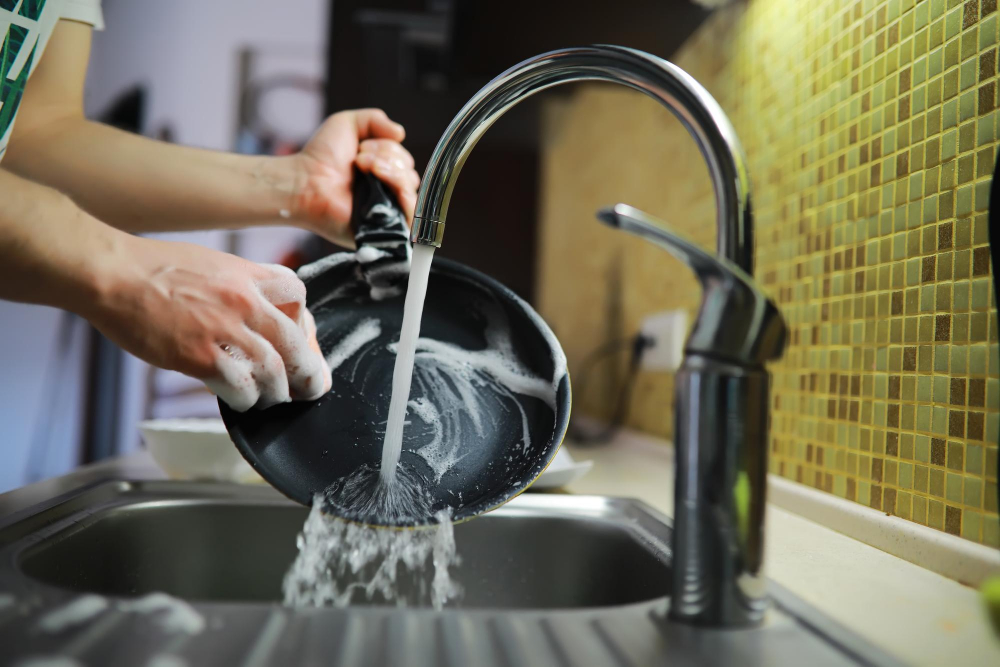Last updated on
Explore the world of sandblasting alternatives as we dive into various methods to achieve efficient and environmentally friendly surface cleaning and preparation.
When it comes to home decor, sometimes the smallest details can make the biggest impact. One of those details is texture.
Adding texture to a room can create depth and interest, but it can also come with a hefty price tag. Sandblasting is a popular technique for adding texture to surfaces like wood and metal, but it requires special equipment and can be expensive.
If you’re looking for alternative ways to add texture without breaking the bank, you’ve come to the right place! In this article, we’ll explore some creative sandblasting alternatives that will help you achieve your desired look on a budget.
Why Choose Sandblasting Alternatives
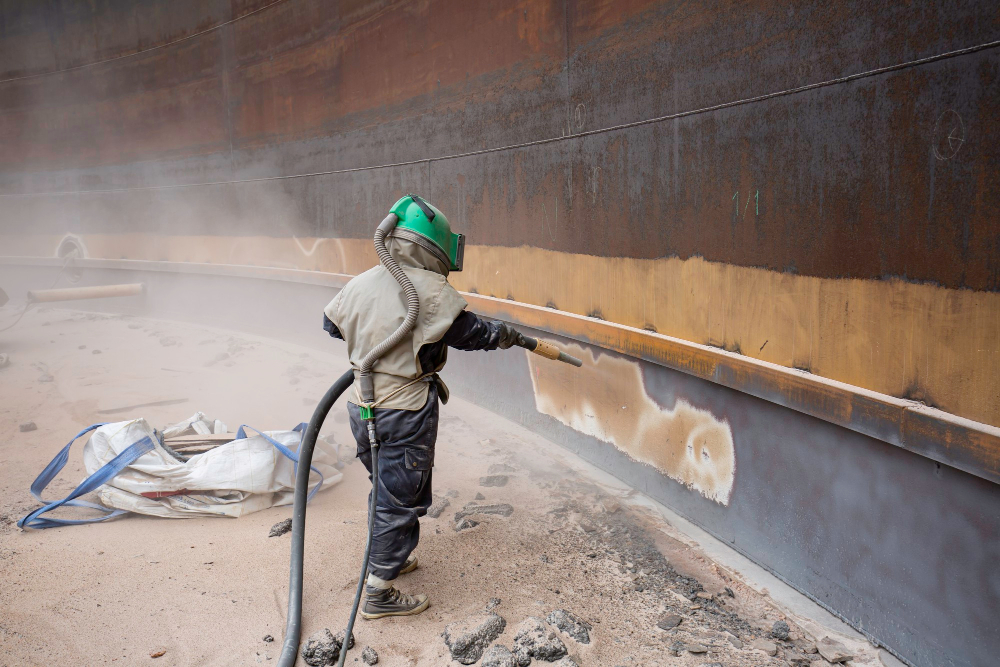
Sandblasting can be expensive and requires special equipment that may not be readily available. Sandblasting can create harmful dust particles that pose health risks to those performing the task and anyone nearby.
Choosing an alternative method for surface preparation offers several benefits. For one, many alternatives are more environmentally friendly than traditional sandblasting methods.
They also tend to produce less waste and require fewer resources overall.
Another reason why you might choose a sandblasting alternative is if you’re working with delicate materials or surfaces that could become damaged by harsh abrasives or high-pressure blasting techniques.
Ultimately, choosing an alternative method comes down to your specific project needs and budget constraints.
Health and Safety Concerns
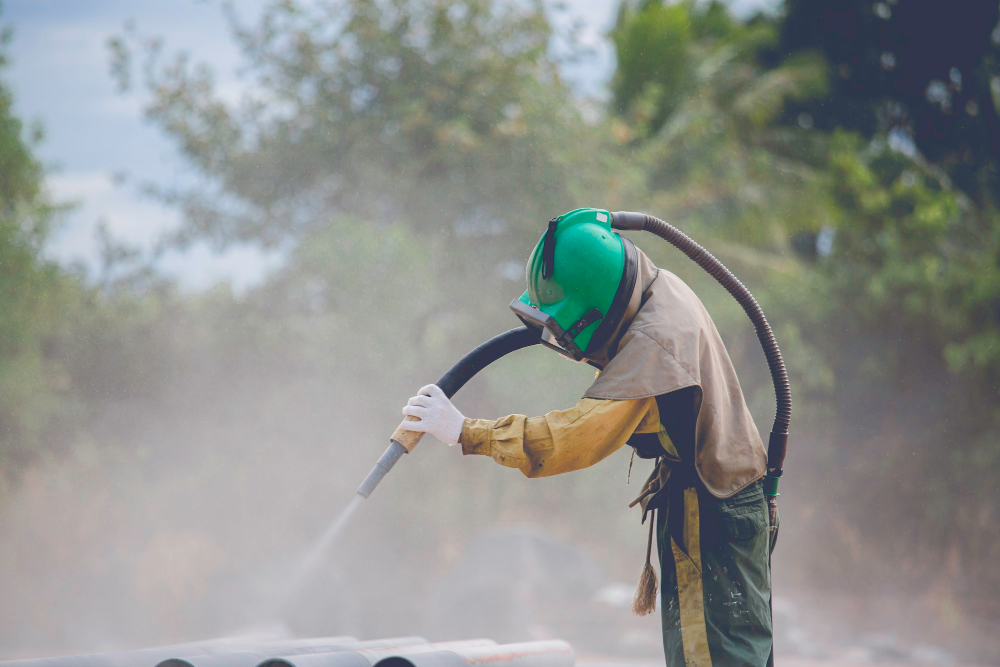
Sandblasting can pose serious health risks if proper precautions are not taken. The process creates fine dust particles that can cause respiratory problems and eye irritation.
Sandblasting produces loud noise levels that may damage hearing over time.
Fortunately, there are many alternative methods for achieving the same results without putting your health at risk. Some of these alternatives use non-toxic materials or produce less dust and noise than traditional sandblasting techniques.
Before starting any surface preparation project, make sure you have the appropriate protective gear such as goggles and respirators to avoid inhaling harmful particles or fumes from chemicals used in some stripping methods.
Eco-Friendly Sandblasting Alternatives
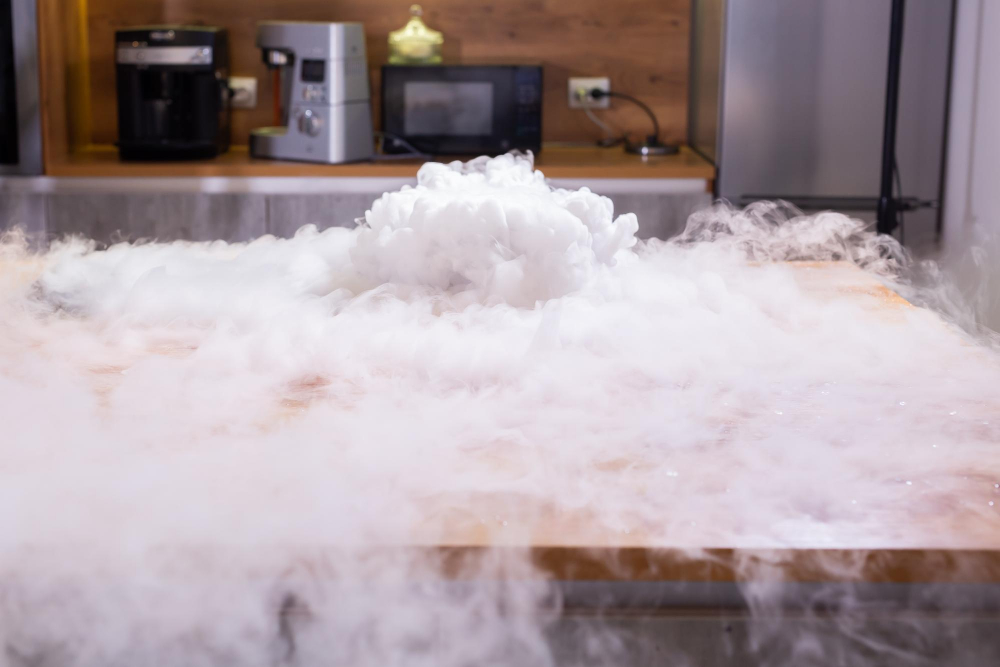
Traditional sandblasting methods produce dust, debris, and hazardous waste that can harm the environment. Fortunately, there are eco-friendly alternatives to traditional sandblasting that are just as effective.
One of the most popular eco-friendly options is dry ice blasting. This method uses compressed air to blast tiny pellets of dry ice at high speeds onto surfaces to remove paint or other coatings without damaging the underlying material.
Dry ice blasting produces no secondary waste products since it evaporates on contact with surfaces.
Another option is soda blasting which involves using sodium bicarbonate (baking soda) instead of abrasive materials like sand or glass beads for surface preparation and cleaning purposes. Soda blasting does not generate heat nor sparks making it safe for use in sensitive areas such as food processing plants.
High-pressure water jetting is another alternative technique used in place of traditional sandblasting methods where pressurized water streams replace abrasive media particles while removing unwanted substances from various surfaces including concrete floors, walls etc., leaving them clean without any damage caused by abrasion.
Chemical Stripping Methods
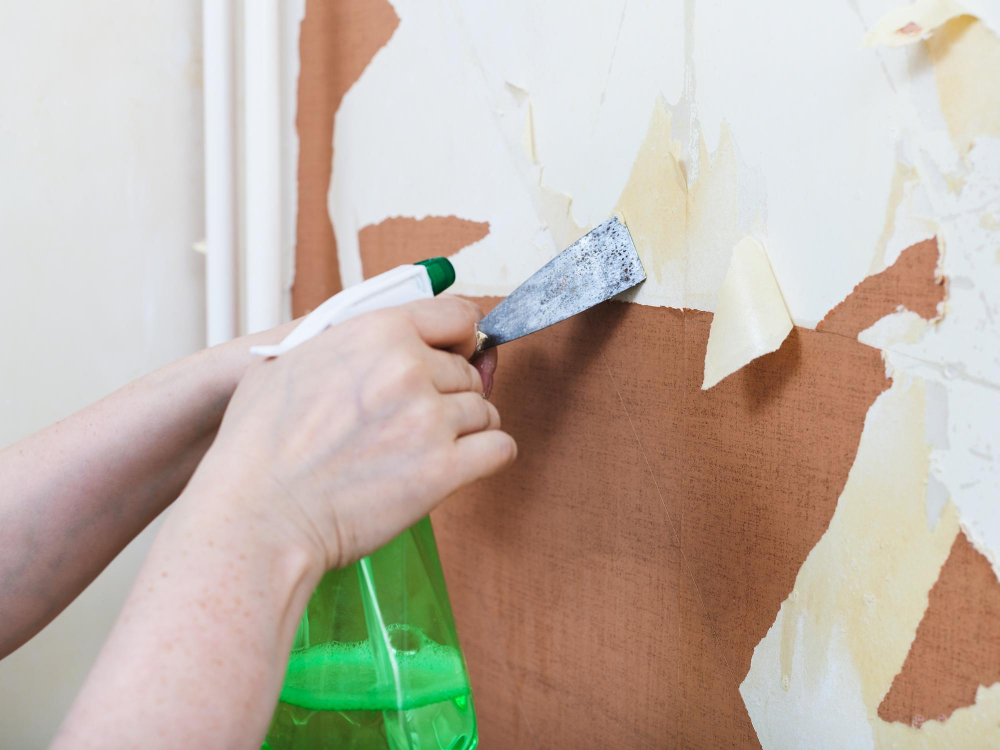
This method involves applying a chemical solution to the surface, which breaks down the coating and allows it to be easily removed. Chemical stripping can be used on a variety of materials including wood, metal, and concrete.
One of the benefits of chemical stripping is that it does not create dust or debris like sandblasting does. However, there are some health concerns associated with this method as well.
The chemicals used in these solutions can be harmful if not handled properly.
It’s important to note that different types of coatings require different types of chemicals for effective removal. For example, oil-based paints may require stronger solvents than water-based paints.
Soda Blasting: A Gentle Option
This method is ideal for removing paint, grease, and other contaminants from delicate surfaces like wood or fiberglass without causing damage. The process involves using compressed air to blast tiny particles of baking soda at high speed onto the surface being cleaned.
One of the benefits of soda blasting is that it produces minimal dust and waste compared to sandblasting. It’s also non-toxic and environmentally friendly since baking soda can be easily disposed of without harming plants or animals.
Another advantage of this technique is its versatility in terms of application areas; it can be used on various materials such as aluminum, steel, concrete, brickwork among others.
However, there are some limitations when using this method: Soda blasting may not work well on heavy rust buildup or thick layers of paint because it lacks enough power for these types of jobs.
Dry Ice Blasting: A Clean Approach

It uses compressed air to propel dry ice pellets at high speeds, which sublimate on impact, leaving no residue behind. This method is ideal for removing paint, grease, oil stains and other contaminants from surfaces without damaging them.
One of the benefits of dry ice blasting is that it does not produce any secondary waste or harmful chemicals. The process also eliminates the need for harsh solvents or abrasive materials that can damage delicate surfaces like wood or glass.
Another advantage of this technique is its versatility in various industries such as automotive manufacturing plants where it can be used to clean engine parts without disassembling them; food processing facilities where it can sanitize equipment; and even historical restoration projects where gentle cleaning methods are necessary.
Laser Cleaning: A Precise Alternative
This method uses high-powered lasers to remove contaminants from surfaces without damaging the underlying material. Laser cleaning is particularly useful for removing rust, paint, and other coatings from metal surfaces.
One of the biggest advantages of laser cleaning is its precision. The process can be adjusted to target specific areas or patterns on a surface with incredible accuracy.
It’s also incredibly fast – in many cases, it can clean an entire surface in just seconds.
Another benefit of laser cleaning is that it doesn’t produce any waste materials or harmful byproducts like some other methods do. This makes it an eco-friendly option that won’t harm your health or damage the environment.
High-Pressure Water Blasting
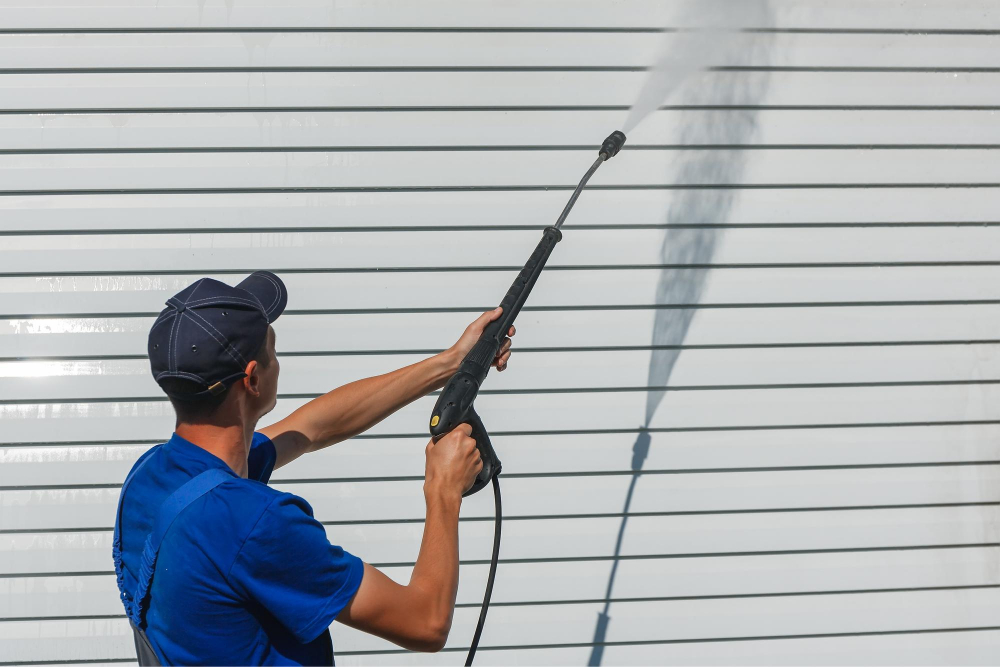
This method uses a high-pressure water stream to remove paint, rust, and other contaminants from surfaces. It’s an effective way of removing stubborn stains without damaging the underlying material.
One of the benefits of using high-pressure water blasting is that it doesn’t produce any dust or debris like sandblasting does. This makes it a safer option for both workers and the environment.
This method can be used on a variety of surfaces including concrete, metal, wood, brickwork among others.
However as with all methods there are some limitations when using High-Pressure Water Blasting such as its inability to remove heavy coatings or thick layers effectively compared to other alternatives like dry ice blasting or chemical stripping methods which may require multiple passes over time.
Ultrasonic Cleaning
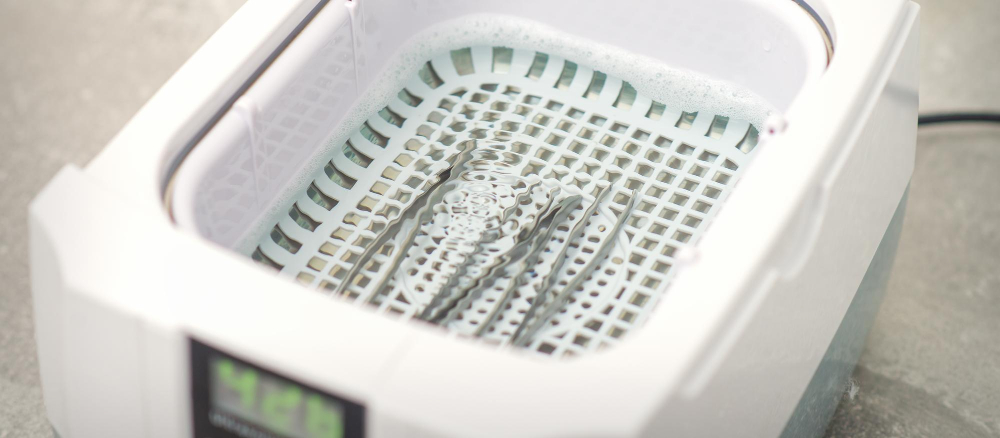
This technique is ideal for delicate materials like glass or ceramics that cannot withstand the harshness of sandblasting. Ultrasonic cleaning works by creating tiny bubbles in a liquid solution through ultrasonic waves.
These bubbles then implode on the surface being cleaned, effectively removing any unwanted particles.
One advantage of ultrasonic cleaning over traditional methods like sandblasting is its ability to clean hard-to-reach areas without damaging surrounding surfaces or leaving residue behind. It’s also an eco-friendly option since it doesn’t require any chemicals or solvents.
However, there are some limitations to consider when using ultrasonic cleaning as an alternative to sandblasting. For instance, this method may not be suitable for heavily rusted metal surfaces since it can’t remove thick layers of corrosion effectively.
Bristle Blaster and MBX: Innovative Tools
These tools use a series of flexible wire bristles to remove rust, paint, and other coatings from surfaces without damaging the underlying material. The Bristle Blaster is particularly effective for removing corrosion from metal surfaces while leaving behind a clean surface ready for painting or coating.
The MBX system uses abrasive nylon brushes in combination with specialized cleaning compounds to remove rust and other contaminants from metal surfaces. This method is ideal for preparing large areas quickly as it can cover up to 400 square feet per hour.
Both the Bristle Blaster and MBX systems are easy-to-use alternatives that require minimal training compared to traditional sandblasting methods. They also produce less dust than conventional blasting techniques making them safer options when working indoors or in confined spaces.
Bead Blasting: Smooth Finish
The process involves shooting the beads at high pressure onto the surface being treated, which removes any unwanted material and creates a smooth finish. Bead blasting is particularly effective for removing rust and paint from metal surfaces without damaging them.
One of the benefits of bead blasting over traditional sandblasting methods is that it produces less dust, making it safer for both workers and nearby residents. Because glass beads are non-toxic and reusable, they are an eco-friendly option compared to other abrasive materials.
When using bead blasting as an alternative to sandblasting in your home decor projects or DIY endeavors, be sure to take proper safety precautions such as wearing protective gear like gloves and goggles. It’s also important to choose the right size of glass bead based on your project needs – larger beads will remove more material but may leave behind rougher surfaces while smaller ones will produce smoother finishes but require more time-consuming work.
Manual Stripping Techniques

These methods involve using hand tools like scrapers, wire brushes, sandpaper or steel wool to manually strip away unwanted coatings. While it can be time-consuming and labor-intensive compared to other alternatives on our list, manual stripping is an excellent option for small projects with limited budgets.
One of the benefits of this method is that it doesn’t require any special equipment or training. You can easily find all the necessary tools at your local hardware store and get started right away! However, keep in mind that these techniques are not suitable for large-scale projects as they take longer than other options.
Another advantage of manual stripping is its versatility; you can use it on various surfaces such as wood furniture pieces without damaging them. It’s also ideal if you want more control over how much material gets removed from a surface since there’s no risk of accidentally removing too much material at once.
Mechanical Stripping Methods
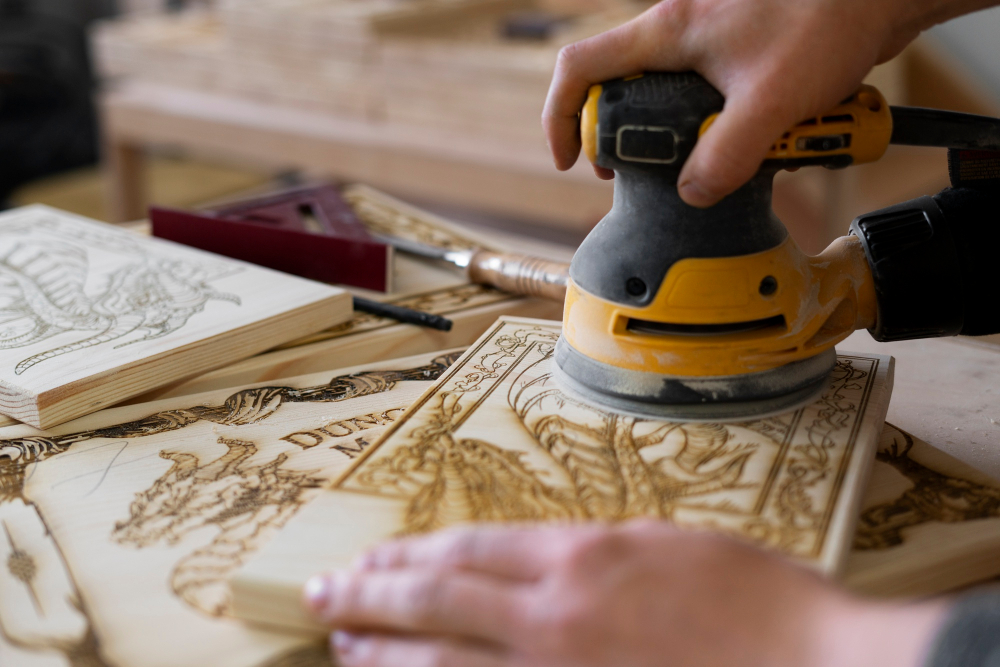
These techniques involve using tools like sanders, grinders, and wire brushes to remove paint or rust from surfaces. While they require more physical effort than some of the other alternatives we’ve discussed so far, they can be very effective at removing stubborn coatings.
One popular mechanical stripping method is abrasive blasting with crushed glass or garnet particles. This technique involves using compressed air to propel abrasive material against a surface at high speeds in order to remove paint or rust.
It’s important to note that this method can create dust and debris that may need special handling.
Another option is needle scaling which uses needles attached on an oscillating head of a machine tool in order break up old coatings without damaging underlying metal surfaces.
Paint Stripping Without Sandblasting
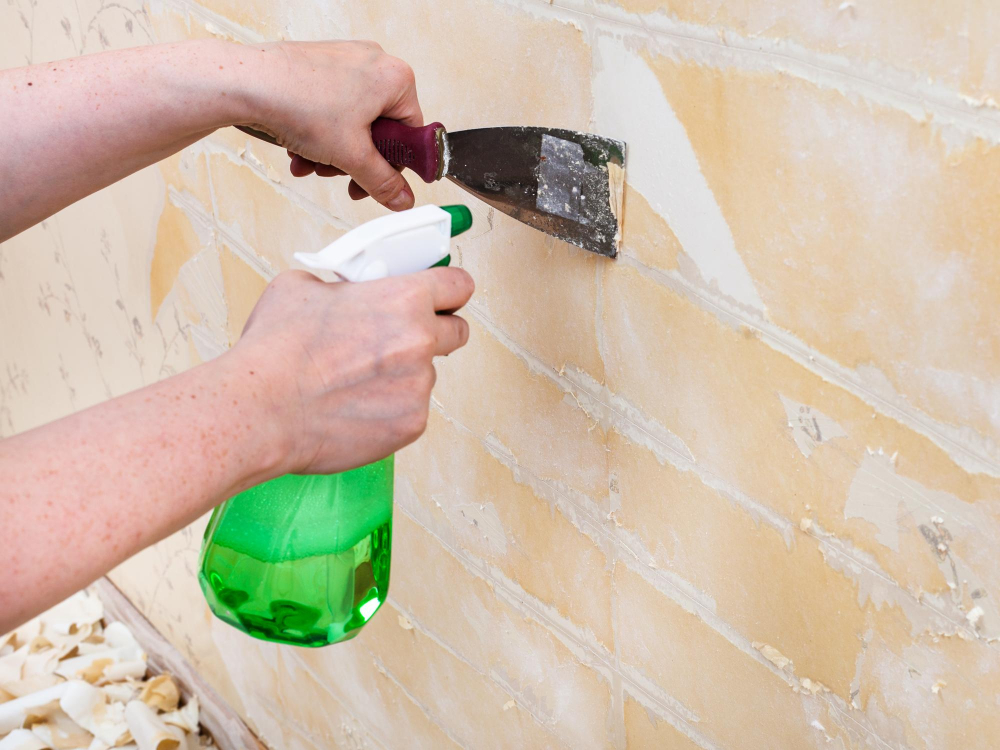
Fortunately, there are several alternatives to consider that can effectively remove paint without damaging the surface underneath.
One of these methods is chemical stripping. This involves applying a specialized solvent or gel to the painted surface and allowing it to sit for a period of time before scraping off the softened paint with a putty knife or scraper tool.
Chemical strippers can be effective on various surfaces such as wood, metal and masonry.
Another alternative method for removing paint without sandblasting is infrared heat technology which uses infrared rays to soften up old layers of paint so they can easily be scraped away from surfaces like wood and metal.
Both chemical stripping and infrared heat technology have their advantages over traditional sandblasting techniques when it comes to removing stubborn layers of old paints while preserving delicate materials such as antique furniture pieces or intricate carvings on wooden doors. When choosing an alternative method for your project, consider factors like cost-effectiveness, safety concerns (such as fumes), environmental impact (some chemicals are toxic) among others.
Metal and Rust Removal Alternatives
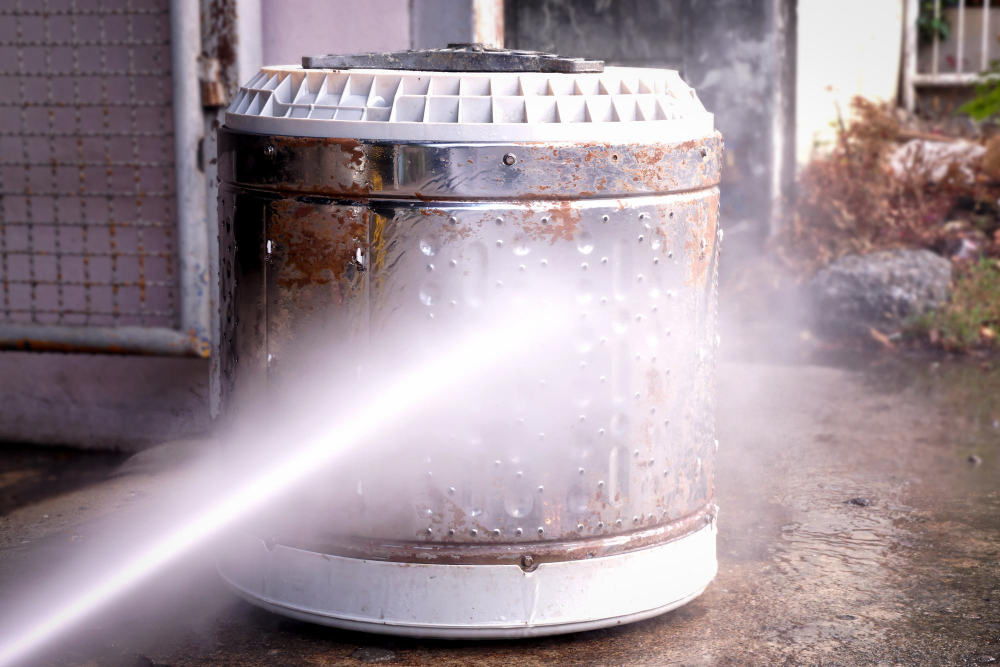
There are several alternatives to consider that can effectively remove rust and restore your metal surfaces without damaging them.
One popular method is chemical stripping. This involves applying a chemical solution to the surface of the metal which breaks down and dissolves any rust or corrosion present.
Chemical stripping is effective for removing heavy layers of rust but requires proper safety precautions due to its toxic nature.
Another alternative is high-pressure water blasting which uses pressurized water jets to remove paint, coatings, and even heavy layers of rust from metals without causing damage. Ultrasonic cleaning also offers an efficient way for removing light-to-medium levels of oxidation on metallic objects by using sound waves in a liquid medium.
Bristle Blaster and MBX are innovative tools used in mechanical methods where they use rotating wire brushes or abrasive pads respectively as opposed to sandpaper abrasives commonly used in traditional sandblasting techniques.
Evaluating Surface Preparation
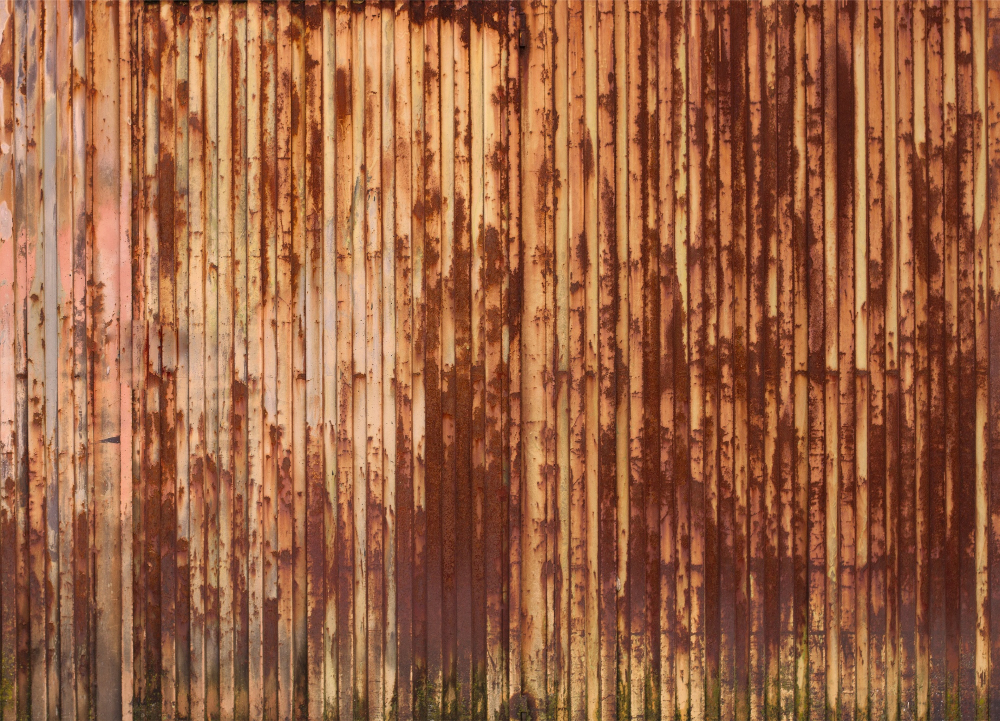
The condition of the surface will determine which method is best suited for your project. For example, if you’re dealing with a delicate material like wood or glass, high-pressure water blasting may not be appropriate as it could cause damage.
On the other hand, if you’re working on a metal surface that has heavy rust and corrosion buildup, chemical stripping methods may not be effective.
Another factor to consider when evaluating surface preparation is how much time and effort will be required for each method. Some alternatives require more prep work than others before application can begin.
Ultimately, choosing the right sandblasting alternative comes down to understanding your specific needs and goals for your project while also considering factors such as cost-effectiveness and environmental impact.
Choosing the Right Alternative for Your Project

The first step is to evaluate the surface you want to prepare or clean and determine what type of material it is made of. Some methods work better on certain materials than others.
Next, consider the level of cleaning or preparation required. If you need a gentle approach that won’t damage delicate surfaces, soda blasting may be your best bet.
On the other hand, if you’re dealing with tough rust stains on metal surfaces, high-pressure water blasting might be more effective.
Another factor to consider is cost and availability of equipment and materials needed for each method. Some techniques require specialized equipment that may not be readily available in your area or could come at a higher price point.
Lastly, think about any environmental concerns associated with each alternative method as well as health and safety risks involved in handling chemicals or using machinery.
Factors Influencing Cost

While some methods may be more affordable than others, there are several factors that can impact the overall cost of your project.
One of the most significant factors is the size and complexity of the surface you’re working on. Larger surfaces will require more time and materials to prepare, which can increase costs.
Intricate designs or hard-to-reach areas may require specialized equipment or techniques that add to expenses.
The type and condition of the material being worked on also play a role in determining costs. Some materials are easier to work with than others and may require less preparation time or fewer resources for cleaning.
Labor costs should also be considered when evaluating sandblasting alternatives. Depending on whether you choose DIY methods or hire professionals for your project will significantly affect how much money you spend.
Industry Specific Applications
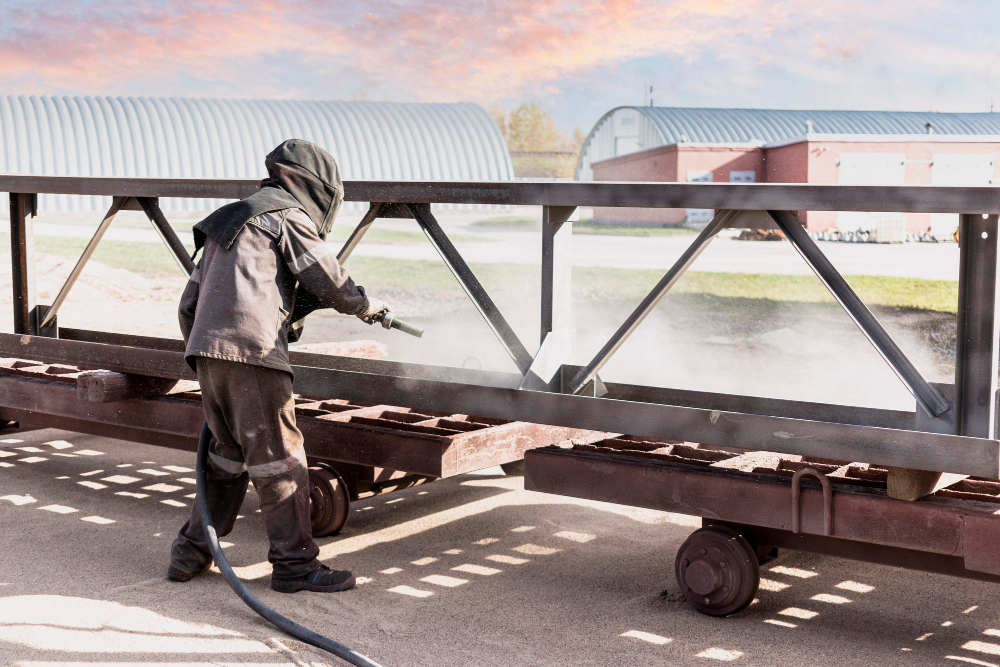
For example, the automotive industry uses sandblasting alternatives to remove paint and rust from car bodies before repainting them. The aerospace industry uses these methods to clean airplane parts without damaging delicate surfaces or leaving residue that could interfere with sensitive equipment.
In the marine industry, sandblasting alternatives are used to prepare boats for painting or repairs without harming the environment by releasing toxic chemicals into waterways. Similarly, construction companies use these techniques on concrete surfaces before applying coatings or sealants.
The medical field has also found innovative ways of using sandblasting alternatives such as ultrasonic cleaning in sterilizing surgical instruments and dental tools.
Each application requires specific considerations when choosing an alternative method over traditional sandblasting techniques. Factors like surface material, size and shape of objects being cleaned will influence which method is most effective while minimizing damage risks.
FAQ
What can I use instead of sandblasting?
Instead of sandblasting, you can use laser cleaning as it is a safer and less damaging alternative.
How do you remove rust without sandblasting?
To remove rust without sandblasting, soak the small objects in vinegar and then scrub away excess oxidation with a wire brush.
What is an alternative to sandblasting concrete?
An alternative to sandblasting concrete is using water jetting or grinders and power hand tools such as the MBX Bristle Blaster, which provide a surface profile without smoothing the concrete.
What are the benefits of using soda blasting as an alternative to sandblasting?
Soda blasting provides benefits such as being environmentally friendly, less abrasive, and effectively removing contaminants like grease and paint without damaging the underlying surface.
How does the effectiveness of wet blasting compare to traditional sandblasting methods?
Wet blasting is generally considered more effective than traditional sandblasting methods due to reduced dust production, lessened abrasive consumption, and a smoother surface finish.
Can environmentally-friendly methods like dry ice blasting substitute sandblasting for certain applications?
Yes, environmentally-friendly methods like dry ice blasting can substitute sandblasting for certain applications, as they offer a non-abrasive, non-toxic, and residue-free alternative.
Recap
Liked this article? Here's what you can read next:
